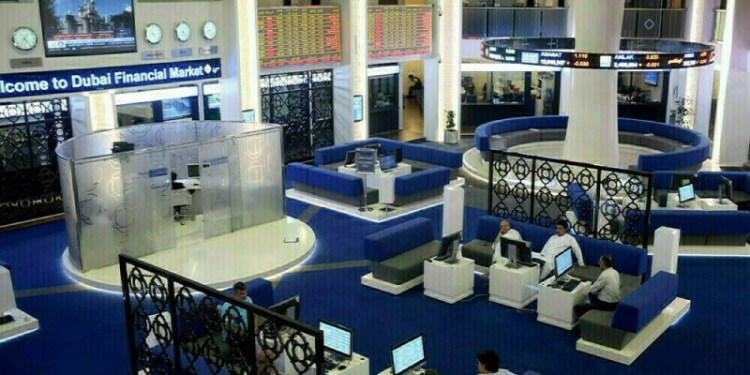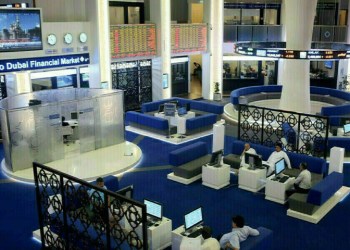SYDNEY, (Reuters) – Australia’s central bank is sounding more upbeat about the country’s economy as it flagged a possible “pronounced decline” in unemployment, although an ongoing Sino-U.S. trade war was a major threat to the global outlook.
Minutes of the Reserve Bank of Australia’s (RBA) November policy meeting on Tuesday showed policy makers expect above-trend growth this year and next, helped by interest rates at a record low 1.50 percent.
Earlier in November, the RBA predicted the unemployment rate would further ease to 4.75 percent by June 2020 from a 6-1/2 year trough of 5 percent now and 5.25 percent from an earlier estimate in August.
Indeed, members saw a chance of a more “pronounced decline” in the jobless rate in the near term given the strength of leading indicators.
Growth in the A$1.8 trillion economy is seen averaging around 3.5 percent this year and next, before slowing a tad to around 3 percent in 2020. Wages and inflation are also seen ticking higher, albeit gradually.
“The main source of the upward surprise had been business investment, owing to unexpected strength in both mining and non-mining investment,” the minutes showed.
“In addition, the terms of trade had been higher than expected over the previous year and the Australian dollar had depreciated.”
IMF ONBOARD
The RBA is not alone in its optimism about the Australian economy, which is in its 27th year of recession-free growth.
In a report out on Tuesday, the International Monetary Fund (IMF) said it expected economic activity in Australia to stay robust in the near-term, helping cut labour market slack.
The IMF also agreed with the RBA’s assessment that it was still too soon to withdraw policy support given the unemployment rate still had further to fall.
Despite strong jobs gains, household incomes had been growing at an unusually slow pace for some time, while recent falls in home prices in Sydney and Melbourne had added to the pressure on spending power.
Tuesday’s minutes provided some colour into the RBA’s thinking about the next move.
Members considered arguments from various commentators in favour of a future rate hike, which included stronger-than-expected economic momentum and financial stability risks from high household debt.
Some had also argued that a higher cash rate would create room for future cuts.
Meanwhile, the prime argument for a decrease was that even easier policy would lead to a faster pick-up in inflation.
In the near-term though, the RBA’s own assessment was that there was no “strong case” for a policy change, although the next move was still more likely to be up than down.
“…members assessed that the current stance of monetary policy would continue to support economic growth and allow for further gradual progress to be made in reducing the unemployment rate and returning inflation towards the midpoint of the target,” the minutes showed.
Governor Philip Lowe singled out global trade tensions as a significant risk to world growth as the United States and China slap tariffs on each other’s imports.
Trade relations between the world two biggest economies seemed to worsen over the weekend when U.S. Vice President Mike Pence said in a blunt speech that there would be no end to U.S. tariffs on $250 billion of Chinese goods until China changed its ways.
Source: Investing.com



























